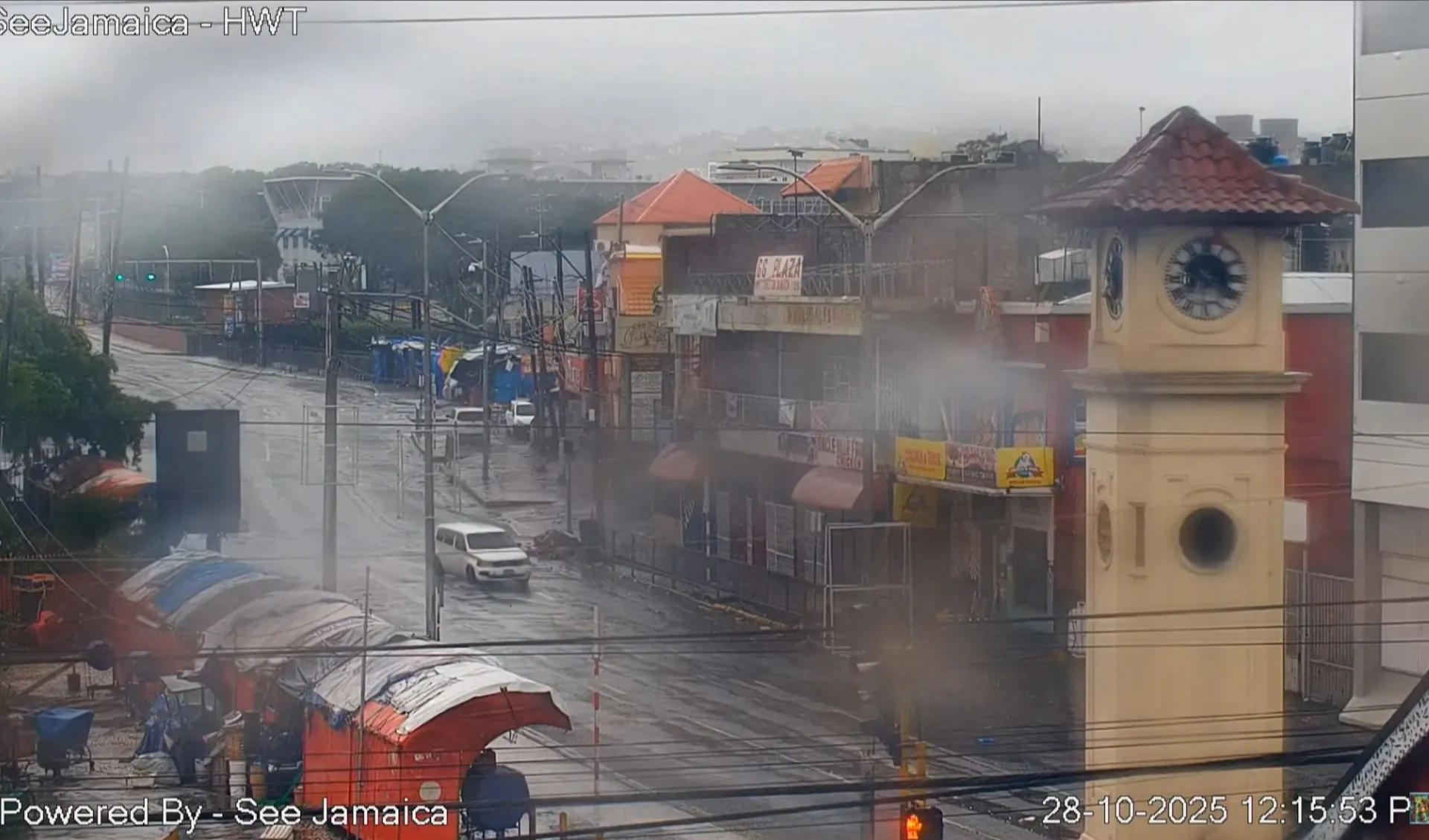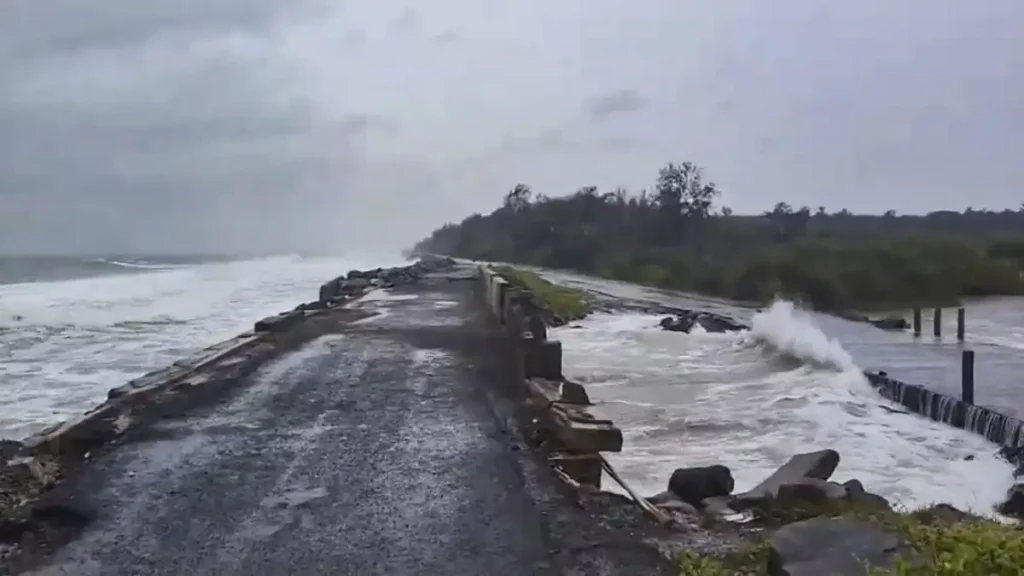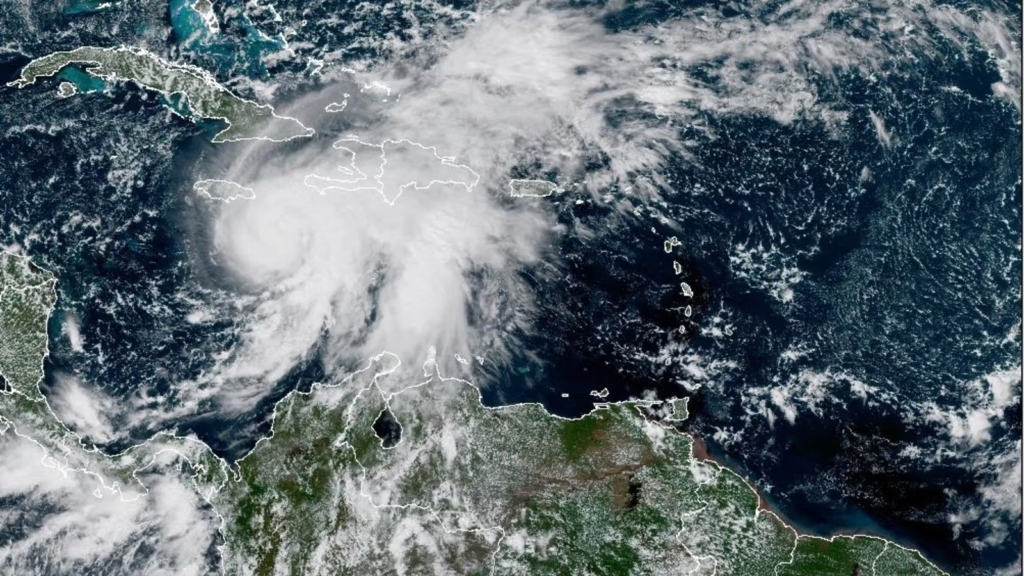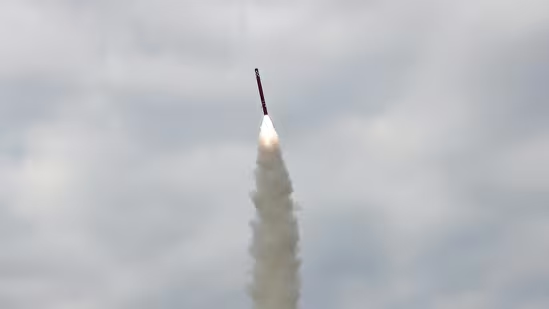Now Reading: Hurricane Melissa Hits Jamaica with Unprecedented Force, Heads for Cuba
-
01
Hurricane Melissa Hits Jamaica with Unprecedented Force, Heads for Cuba
Hurricane Melissa Hits Jamaica with Unprecedented Force, Heads for Cuba

Hurricane Melissa, one of the most powerful storms on record, slammed into Jamaica’s southwest coastline with destructive wind speeds and torrential rain. The hurricane has caused widespread damage, massive power outages and several fatalities, and now it is bearing down on Cuba—raising concerns for disaster preparedness and climate resilience in vulnerable regions.
Catastrophic landfall in Jamaica
Melissa made landfall in Jamaica as a Category 5 storm, bringing wind gusts nearing 185 mph and a storm surge that left whole parishes under water. Infrastructure collapsed under the force of the wind—roads, homes and hospitals all took heavy damage. With over half a million people reported to be without electricity and thousands forced into emergency shelters, the scale of the crisis is revealing.
Damage, disruption and human impact
In Jamaica’s agricultural south-west, entire communities were cut off by flooding and downed trees. Hospitals suffered structural harm and communication networks were deeply disrupted. Amid the chaos, at least three deaths were confirmed in Jamaica and multiple others across the region, bringing the Caribbean’s total to at least seven so far. The full extent of damage is still unfolding.
Cuba and beyond brace for the storm
As Melissa moves north-eastward, Cuba is preparing for a direct hit. Officials have ordered mass evacuations and mobilised rescue and relief resources. The storm’s trajectory suggests it could re-intensify over warm waters before making landfall in eastern Cuba—putting communities in smaller towns and coastal regions on high alert.
Lessons for Indian and Tier 2-city contexts
Although the Indian subcontinent lies far from the Caribbean, several lessons carry over for cities and towns here. First, extreme weather events can rapidly overwhelm local systems—making early warning, preparedness, resilient infrastructure and community awareness vital. In Tier 2 cities in India, where resources are often stretched, the ability to respond to sudden disasters hinges on planning, local coordination and adaptable infrastructure.
The climate factor and future risk
Meteorologists point to Melissa’s rapid intensification—its leap from tropical storm to catastrophic cyclone—as consistent with trends linked to warmer sea temperatures and changing atmospheric dynamics. For regions in India prone to cyclones, floods or extreme rainfall, the episode emphasises the importance of factoring climate-risk into urban planning, building codes and disaster management.
Conclusion
Hurricane Melissa is more than a Caribbean emergency—it is a stark reminder of nature’s power and of how preparedness cannot wait. For communities everywhere, including mid-sized cities in India, building resilience, strengthening systems and elevating awareness are not optional. They are essential if we are to survive the next big storm.

























